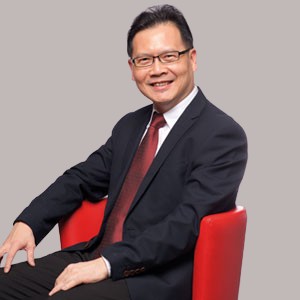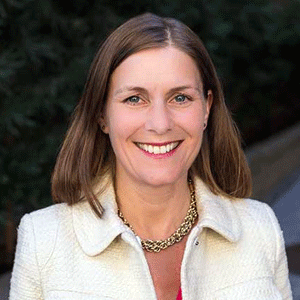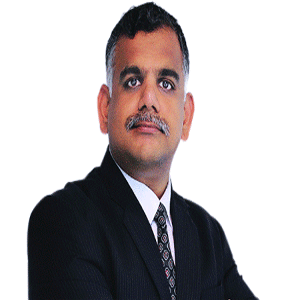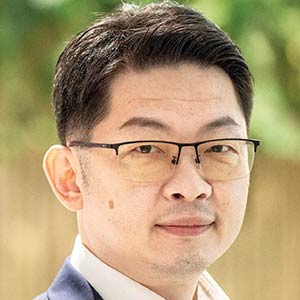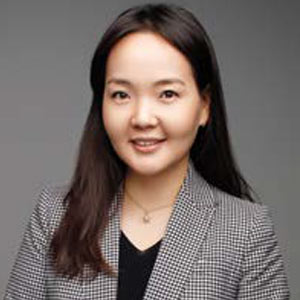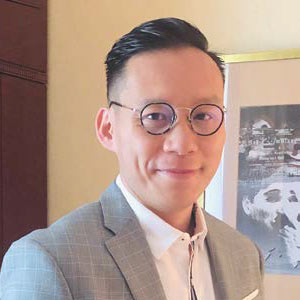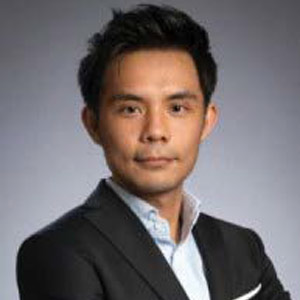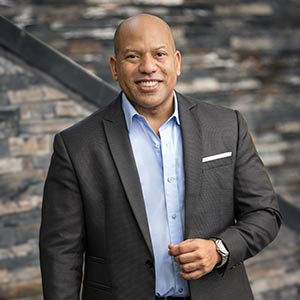THANK YOU FOR SUBSCRIBING

Andrew Guzman, VP & CTO, HCL America, Inc.
As the digital wave continues, businesses need to adapt quickly to the demands it places on its leadership. As a result, the needs of IT leadership are changing dramatically. The technology leader, whether seated on the business or IT side, is not only the primary driver of change across functions internally, but, also critical in managing the entire ecosystem of vendors, suppliers and customers externally.
In the digital age, much more is expected from the role of the technology leader. Technological capabilities will not be enough to succeed as the firm’s technology leader. As IDC points out, “Leadership of digital transformation requires a nuanced set of skills and abilities, some of which may not come naturally to many executives.” Non-technology capabilities are just as important, if not more, in the role of the enterprise technology leader, regardless of how CxO labeled it is, be it CIO, CTO, CDO, CFO, CCO, COO, etc. A distinct set of skills and traits are required in this new age of digital business.
The Demands of a Changing Environment on the “Journey to Zero” to Cloud and Managed Portfolio of Business Services:
The rapidly evolving changes in our societal, business environments, and the technologies it is demanding, are changing the practices of the enterprise in serving those societal requirements. Every IT organization is going through transformative stages, at times painfully, as it emerges as a 21st Century Enterprise (21CE). The enterprise has to undergo a step-wise journey from “classic” legacy infrastructure to the adoption of next gen infrastructure, from preliminary focus on optimization, to agile focus, to zero infrastructure, in an elastic cloud-based environment, focused entirely on business outcomes, rapid response to market drivers, from a portfolio of brokered managed services.
“The CxO today has to have a leadership style that engenders transformation and constant evolution with as little business slow-down as possible of the organizational culture”
These dynamically challenging technological changes, coupled with a demanding market, require a fundamental shift in mindset of the technology leader. The CxO in a digital business has to shed the old mindset of a technology architect and builder of infrastructure, apps, data, data centers, security, etc., for the enterprise, to become an efficient broker of services, connecting the relevant internal and/or external service provider, to the specific business outcome driven need managing the “ecosystem.” The economic climate in the digital era calls for a much more evolved technology leader to enable rapid adaptability and drive successful relationships across varying ecosystems, in turn to drive profitability. This volatile environment demands for a very specific set of expectations for the role of the technology leader in a 21CE.
• Understanding Business:
Analysts at Forrester have predicted that in 2016, CEOs will expect their CIOs to grow out of being mere custodians of technology to actively manage technology to drive revenues instead.
• Understanding Customers:
In the DX economy, the focus has shifted from being organization centric to being customer centric. The end goal is to ensure that the customer is provided with a unified user experience across the value chain of service providers. A recent CIO.com article stated that by 2018, 80 percent of B2C and 60 percent of B2B organizations will overhaul their “digital front door” to support 1,000 to 10,000 times as many customers/customer touch-points as they do today. The CxO has to embrace “design thinking”, focus on gaining substantive customer insight, understand predictive analytics to gauge customer behavior, and, be more empathetic to customer preferences. It is only by being intimately aware of the needs of the customer can the CxO ensure driving growth with profitability.
• Understanding Profitability:
The Deloitte 2015 Global CIO survey noted that “CIOs have moved from leading a supporting function to managing a business function. They reported that business leaders expect them to not only contribute to the bottom-line business priorities but also to enable and even drive top-line initiatives.” What this means is that not only do CxOs have to manage IT cost reduction and improve business efficiency but they are also expected to understand business objectives.
We all agree with IDC that leading digital transformation is multi-faceted and multidirectional. A sustainable leadership style of the CxO in a 21CE would therefore be one that is a successful convergence of flexibility, knowledge and ability to collaborate with stakeholders to drive results. In a business climate where quick time to market response, and, a commitment to continuous reinvention, is key to driving profitability, the CxO has to have an adaptable nature that is pro-change and disruption-driven. The CxO should understand the pulse of the business and should constantly be looking to upgrade. The CxO will be asked for much more than just IT expertise. The CxO today has to have a leadership style that engenders transformation and constant evolution with as little business slow-down as possible of the organizational culture. A recent Forbes article quoting a Gartner study identified six digital leadership personas. The CxO in the 21CE has to maintain the balance between the adventurer and the attractor styles of leadership to successfully drive results.
A successful IT leader in this volatile climate is one who has focused on developing people skills as collaboration is fundamental to success in a 21CE. Gartner has observed that the most successful IT executives were the ones who had the best relationships not only with their employees but also with business partners within and outside the organization. CIO.com has pointed out that high performing CxOs purposely invest in horizontal relationships with internal peers, external supplies and customers which form the foundation to drive extraordinary results. The CxO then has to be a team player who understands and is empathetic to the challenges faced by each business function and each external partner, so that he/she can equip the business better to optimize business outcome results.
In this era of digital transformation, the future CxO, has to become a true Drucker modeled leader with a comprehensive grasp of business, market and technology. The Deloitte Tech Trends 2016 rightly points out that “Technology leaders are in a rare position to imagine the future, and, then harness innovation to build responsibly from the realities of today.” We’re living in demanding times. To quote Henry Ford, “Coming together is a beginning; keeping together is progress; working together is a success.” The CxO in the digital world will not just be a technologist, but, also a classic student of management, a change agent, a profit driver, a visionary, with adept social skills all in one visionary renaissance leader of the 21CE.
HCL Technologies Limited (NSE:HCLTECH) is engaged in providing a range of software development services, business process outsourcing services and information technology (IT) infrastructure services.
Weekly Brief
I agree We use cookies on this website to enhance your user experience. By clicking any link on this page you are giving your consent for us to set cookies. More info
Read Also
Navigating Compliance Challenges in ESG AML and Digital Onboarding
A Vision for the Future: Automation, Robotics, and the Smart Factory
The Rise of Hyper Automation
Transforming Business Operations with Robotic Process Automation
Combining Automation with AI to Achieve Human-Like Interaction
Implementing RPA - 5 Ultimate Prerequisite
Incorporating the power of recognition into our vendors' sustainability journey
Elevating Guest Experience with Data






